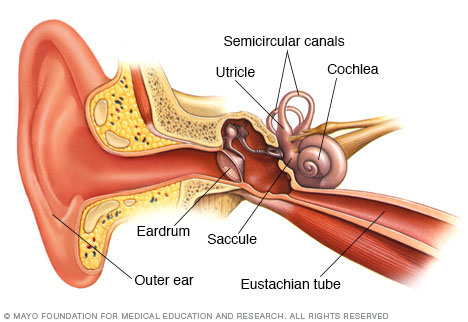There are many different types of “dizziness.” For example, a person can feel “light-headed” or “feeling like going to faint” or “off balance” or “room is spinning”.
Vertigo is a specific type of dizziness that refers to the type of dizziness where a person feels like the “room is spinning”.
“BPPV” is one of the most common causes of vertigo. With BPPV, patients usually feel like the room is spinning if they turn their head a certain way, or when they lay down to go bed, or if they turn over a certain way in bed.
BPPV stands for:
B – Benign (meaning not worrisome)
P – Positional (meaning the vertigo is caused by the changing position, for example)
P – Paroxysmal (meaning that it comes and goes, it is not constant)
V – Vertigo (the sensation that the room is spinning)
Here is an excellent summary of BPPV on the Mayo Clinic’s website.
Here is a great video that explains BPPV:
Here is a short 1-minute video that shows how BPPV is caused in the inner ear:
WHAT CAN YOU DO TO TREAT BPPV?
There is a short exercise that you can try at home to try to reposition the particles in your inner ear, so that they no longer bother you. This is called the “Epley Maneuver.” You may have to try it a few times. Here is a video that shows you how to do it:
NOTE: if your symptoms are worse when you turn to your left side or turn your head to the left, then it is your LEFT ear that is affected and you should perform the exercise as shown in the video above. However, if your symptoms are worse when you turn to your right side, then your RIGHT ear is the one affected and you should do the exercise to the opposite direction(s) shown in the video.
Some people find that low dose Gravol (25mg) can be helpful for the symptoms of dizziness and nausea, but always take caution with Gravol because it can make you drowsy and sleepy.
The good news is that, even if the suggestions above do not work, BPPV tends to improve on its own within a few days to a couple weeks.
